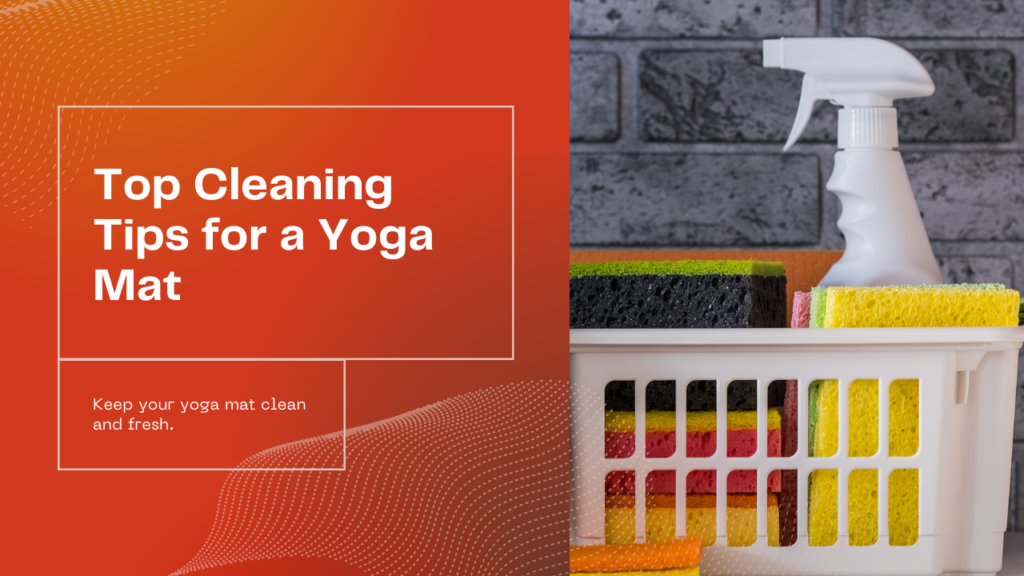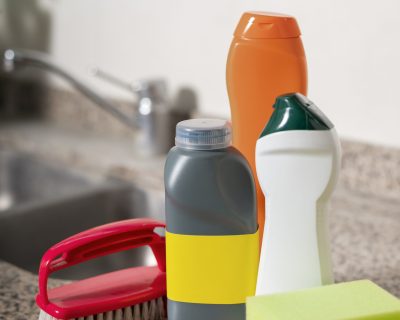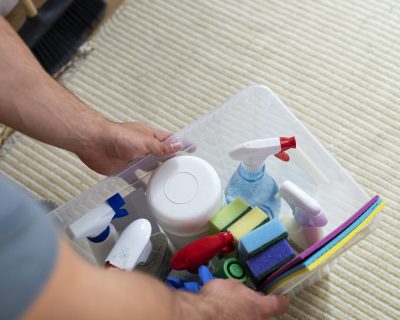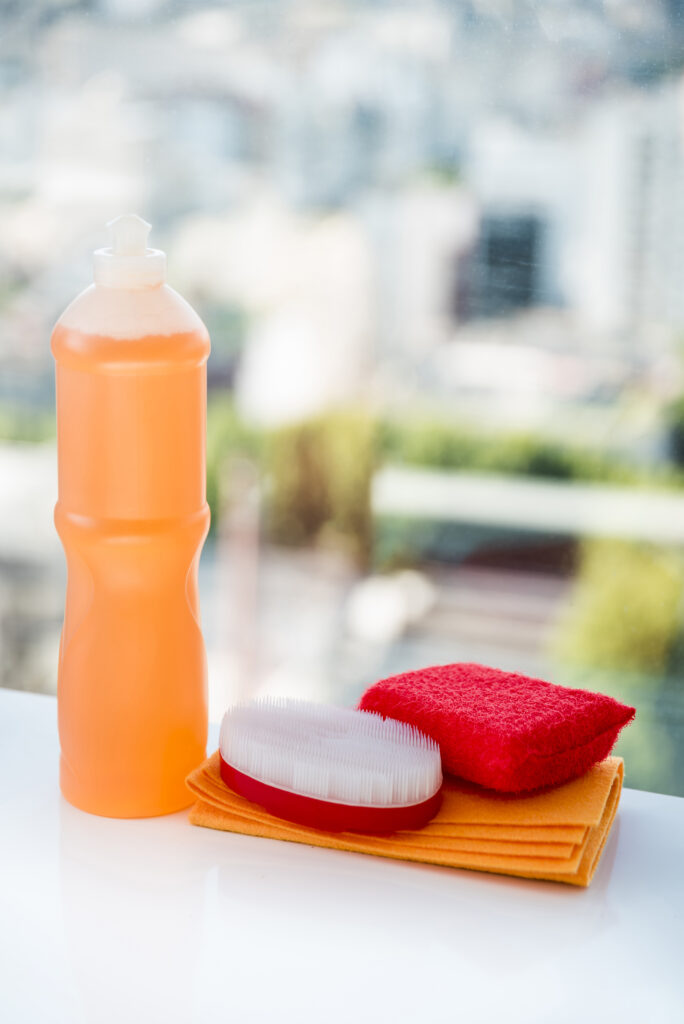Best Yoga Mat Cleaner : A Journey to hygiene and wellness
Introduction
Maintaining a clean yoga mat is crucial for a hygienic practice and the longevity of your mat. Let’s delve into the importance of a clean yoga mat, debunk common misconceptions surrounding yoga mat cleaning, and explore the key factors to consider when choosing a yoga mat cleaner.
Welcome to our aide on finding the ideal yoga mat cleaner to keep your training new and sterile! Whether you’re a devoted yogi or simply beginning, keeping a perfect yoga mat is fundamental for a sound and pleasant experience. With such countless choices available, picking the right cleaner for your needs can overpower.
That is where we come in! In this article, we’ll investigate the best yoga mat cleaner accessible, featuring their elements, advantages, and why they merit a spot in your yoga schedule. How about we make a plunge and find the most ideal way to save your mat perfect and prepared for your next meeting!

Importance of a Clean Yoga Mat
A clean yoga mat not only prevents the spread of bacteria but also enhances your practice by providing a fresh surface for your poses. Regular cleaning can also extend the life of your mat by preventing wear and tear.
Table of Contents
Common Misconceptions about Yoga Mat Cleaning
Contrary to popular belief, wiping your mat with water alone is not enough to eliminate bacteria. Also, using harsh chemicals can damage your mat’s material and affect your skin during practice. It’s essential to choose the right cleaner for your mat
Key Factors to Consider when Choosing a Yoga Mat Cleaner
Consider factors like the ingredients (natural vs. chemicals), application method (spray vs. wipes vs. powder), and whether you prefer an antimicrobial or standard cleaner. These factors play a crucial role in selecting the best cleaner for your needs.
Understanding Different Types of Yoga Mat Cleaners
1.Natural Ingredients vs. Chemicals
Natural cleaners are gentle on your skin and the environment, while chemical cleaners may be more potent in killing bacteria. Consider your preferences and sensitivities when choosing between the two.
2.Spray vs. Wipes vs. Powder
Yoga Mat Spray cleaners are convenient and quick to use, wipes are portable for on-the-go cleaning, and powders can be effective in deep cleaning your mat. Select the application method that suits your lifestyle and cleaning routine.
3.Antimicrobial vs. Standard Cleaners
Antimicrobial cleaners contain agents that inhibit the growth of bacteria, while standard cleaners focus on removing dirt and sweat. Depending on your hygiene preferences, you can opt for either type of cleaner.
How to Properly Clean Your Yoga Mat
Step-by-Step Guide to Cleaning your Mat
Mix cleaner with water in a spray bottle.
Spray the solution on your mat.
Wipe down the mat with a clean cloth.
Air dry your mat before rolling it up.
Do’s and Don’ts of Yoga Mat Cleaning
Do clean your mat after every practice.
Don’t use abrasive materials to scrub your mat.
Do avoid direct sunlight when drying your mat.
Don’t use essential oils in DIY cleaners, as they can damage your mat.
Frequency of Cleaning
Clean your mat at least once a week if you practice regularly. Increase the frequency if you sweat heavily during your sessions or practice in a hot environment.
.
Top and Best Yoga Mat Cleaner Brands in the Market
Eco-Friendly Options
Dr. Bronner’s Magic Soap: Made with organic ingredients.
Manduka Mat Renew: Plant-based cleaner that is biodegradable.
Budget-Friendly Options
Simple Green All-Purpose Cleaner: Effective and affordable option.
White vinegar and water solution: DIY alternative that is budget-friendly.
High-End Options
Manduka Organic Yoga Mat Cleaner: Premium cleaner with natural ingredients.
Lululemon Yoga Mat Spray: High-quality spray for thorough cleaning.
DIY Yoga Mat Cleaning Solutions
Homemade Recipes using Natural Ingredients
White vinegar and water solution: Neutralizes odors and kills bacteria.
Tea tree oil and water spray: Antimicrobial properties for a deep clean.
Benefits of Making Your Own Cleaner
Creating your own cleaner allows you to control the ingredients and avoid harsh chemicals. DIY solutions are cost-effective and provide a personalized cleaning experience.
Safety Precautions and Storage Tips
Store your cleaner in a cool, dark place.
Always test a small area of your mat before applying the cleaner.
Keep DIY solutions away from children and pets.
Here’s a simple step-by-step guide to help you dry your mat effectively:
1.Air Dry: Lay your yoga mat level on a spotless surface, ideally outside or in a very much ventilated region. Ensure it’s not in that frame of mind, as delayed openness to daylight can make the mat debase after some time.
2.Wipe Off: Utilize a spotless towel to delicately pat the outer layer of your yoga mat. This will assist with retaining any abundance dampness and accelerate the drying system.
3.Hang Dry: If conceivable, hang your yoga mat over a railing or clothesline utilizing clasps or ties. Hanging it in an upward direction permits air to flow around the whole mat, assisting it with drying all the more rapidly.
4.Flip and repeat: Following a couple of hours, flip your yoga mat over to guarantee the two sides are equitably dried. On the off chance that you’re in a rush, you can utilize a dry towel to tenderly press down on the mat to retain any leftover dampness.
5.Last Check: Prior to moving up your yoga mat for stockpiling, ensure it’s totally dry to the touch. On the off chance that there are any soggy spots remaining, give them some additional opportunity to air dry.
By following these straightforward advances, you can guarantee that your yoga mat stays spotless, new, and prepared for your next training meeting.
Conclusion
Choosing the right yoga mat cleaner is essential for maintaining a clean and hygienic practice. By understanding the different types of cleaners available, how to properly clean your mat, and exploring both commercial and DIY options, you can make an informed decision that aligns with your values and budget.
FAQs
How often should I clean my yoga mat? Clean your mat at least once a week, depending on your practice frequency and intensity.
Can I use regular household cleaners on my yoga mat? Avoid using harsh chemicals that may damage your mat and skin.
Are DIY yoga mat cleaners effective in removing bacteria and odor? Yes, DIY cleaners with natural ingredients can effectively clean your mat without harmful side effects
How frequently would it be a good idea for me to clean my yoga mat? It’s really smart to clean your yoga mat consistently, particularly on the off chance that you use it habitually. Plan to clean it after each couple of purposes or at whatever point it begins to feel grimy or smell undesirable.
Might I at any point utilize ordinary family cleaners on my yoga mat? Some time some family cleaners might be alright for use on yoga mats, it’s ideal to keep away from brutal synthetic substances and choose cleaners explicitly intended for yoga mats. These cleaners are regularly gentler and will not corrupt the material of your mat.
How can I say whether a yoga mat cleaner is ok for my mat? Search for cleaners that are explicitly formed for yoga mats and are liberated from unforgiving synthetics, like dye or smelling salts. Continuously take a look at the producer’s proposals for cleaning and mind to guarantee similarity with your mat.
Could I at any point make my own yoga mat cleaner at home? Yes! There are numerous Do-It-Yourself yoga mat cleaner recipes utilizing basic fixings like water, vinegar, and medicinal ointments. These natively constructed cleaners are viable, eco-accommodating, and spending plan cordial.
How would I store my yoga mat subsequent to cleaning? Subsequent to cleaning and drying your yoga mat, roll it up freely with the top side (the side you practice on) confronting outward. Try not to overlay your mat, as this can cause wrinkles and harm over the long run. Store it in a cool, dry spot away from direct daylight.
How long does it require for a yoga mat to dry subsequent to cleaning? The drying time for a yoga mat can shift contingent upon factors like dampness and wind stream. By and large, it might require a couple of hours to expedite for a mat to totally dry. Wiping it off with a towel and balancing it in a very much ventilated region can assist with accelerating the drying system.
Might I at any point utilize my yoga mat following cleaning? It’s ideal to permit your yoga mat to dry totally prior to utilizing it again to forestall slipping and guarantee cleanliness. On the off chance that you’re in a rush, you can utilize a dry towel to pat it down and retain any overabundance dampness prior to rehearsing.




